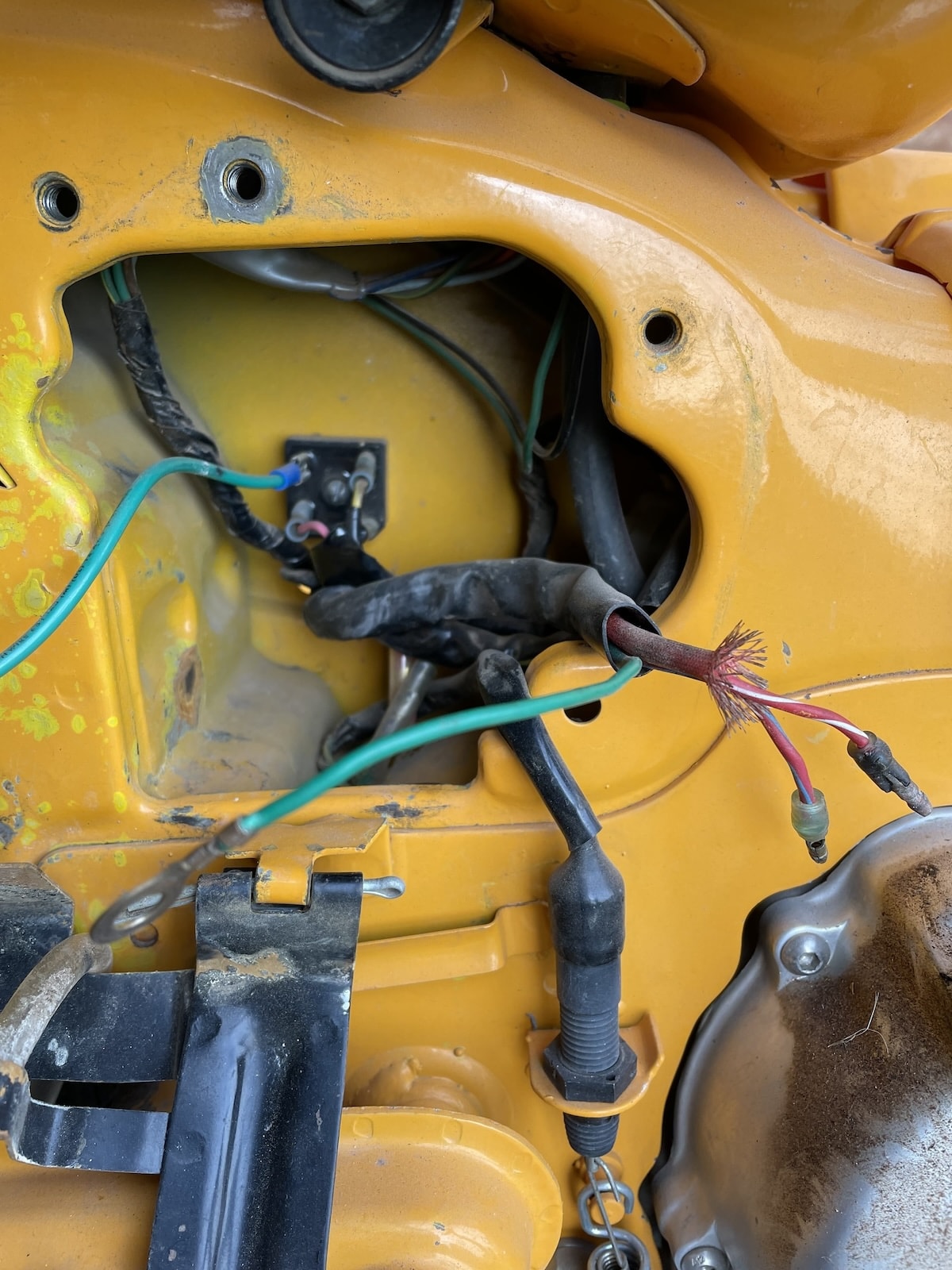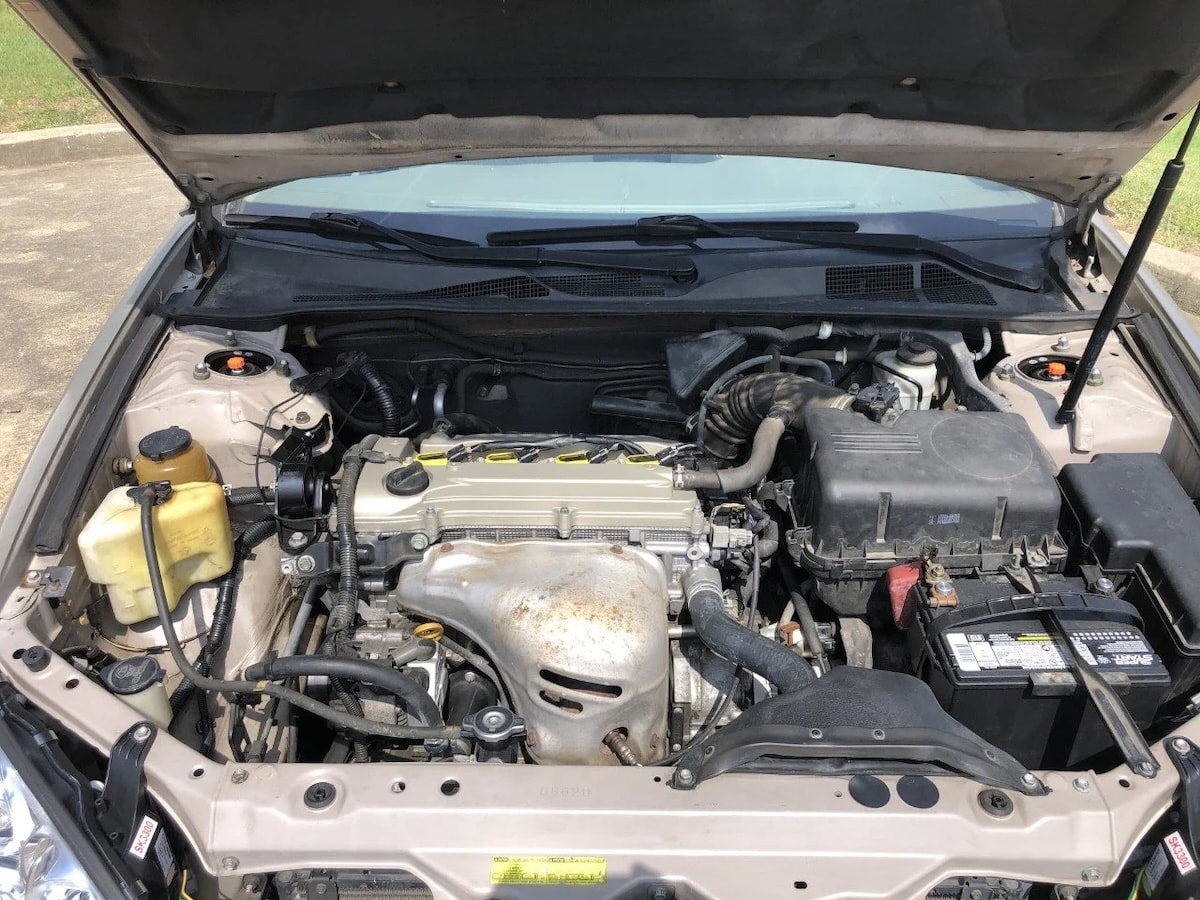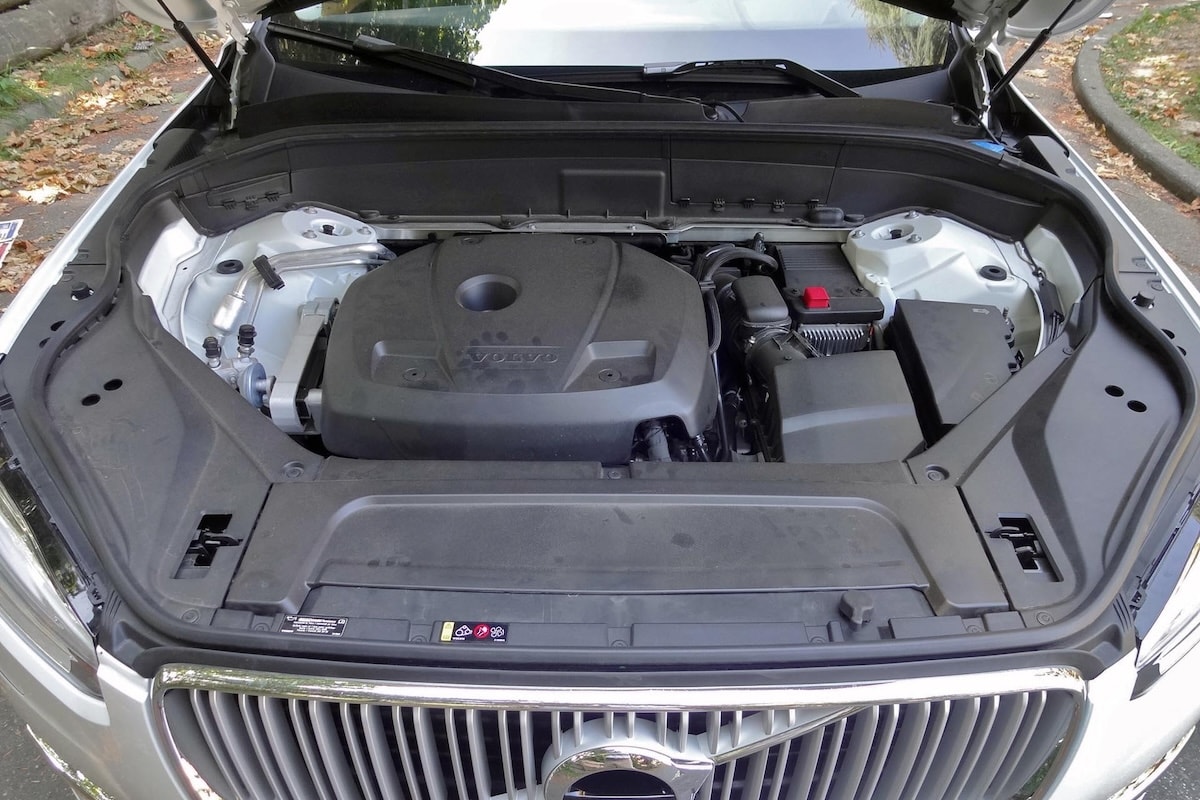Motorcycles, Cars, Websites, and Seams
In high school, I had a friend named Joe who owned a Honda Trail 110, a small motorcycle with enough history for its own Wikipedia page.
It didn’t go very fast (40MPH tops if you’re going downhill) but Joe rode that thing to school every day — or at least he tried, it often broke down on the way.
On those cold, winter mornings in the desert you’d find Joe striding into school five minutes before the bell rang. He’d take off his helmet, revealing a face flush red from the cold, then take off his brown leather bomber jacket he’d found at a thirft store, stuff it all in his locker, and head to class with the faint whiff of oil and gasoline in his wake.
It was so damn cool.
It made me want a Honda trail bike but my parents didn’t approve of motorbikes.
Fast forward twenty years and my moment came.
Right before the pandemic hit, I came across a local ad where a guy was selling his 1978 Honda Trail CT90 (the “90” classification meant it was even weaker than the “110” Joe had).
With three little kids to care for, my wife shared the “motorcycles aren’t safe” hesitancy of my parents. But this bike that couldn’t go more than 35MPH, which meant I was relegated to the back roads of town and desert trails. Being gutless was a feature, not a bug.
So I bought it, a 1978 Honda Trail CT90 in mustard yellow.
Yup, that is not a typo: 1978. 44 years old (at the time of publishing) — older than me! And, all things considered, it was in fantastic shape. To be frank, if I’m in that good of shape when I reach that age, I’ll be happy.
But being in good shape was a relative term for its age. It came brimming with its own idiosyncratic problems, the first of which became apparent the day I bought it. After buying it and driving it home it failed to start back up, so I went to the internet to troubleshoot the issue.
(I must admit here that I knew — and still know — basically nothing about motorcycles, which made owning a bike older than myself a bit tricky given its penchant for breaking down and needing constant work.)
A few forum posts later, I had diagnosed the problem as a battery issue (turns out the CT90 requires battery to start while the CT110 can kickstart without one, who’d have thought?)
That ended up being the first of many electrical issues to come.
Another time my bike quit on me south of town, leaving me stranded on a desert road. I later gave my buddy Joe a call asking for help to diagnose the issue. "Sounds like you have a short,” he said. He recommended I look at the wiring, starting at the battery, and following it back to the source. “The wiring on that bike is so simple,” he said, “That it shouldn’t take long to cover the entirety of the wiring and find the issue.”
So I tried it. And I quickly discovered the issue: a spot in the wiring where the outer casing had worn off and the electrical wires were exposed, intermittently touching each other and causing a short.
The fix didn’t even require a trip to the auto parts store. I went inside, grabbed some black electrical tape, wrapped it around the exposed part of the wiring, and the bike started right up, no problem!

Being able to repair the problems on that bike with such little know-how or experience made me reflect on the simplicity and elegance of such a simple piece of engineering. Everything I needed to know on that bike I could inspect myself.
Cars
Cars of my past had engine bays open to inspection. When you popped the hood, they revealed their inner workings to you.
For example, here’s what the engine bay of my first car looked like:

But now-a-days, modern cars seem to encourage a hands-off approach. When you pop the hood, everything’s covered and hidden away, almost as if to say, “No need to go any further. Don’t bother concerning yourself with anything under here.”

Websites
I wonder if there’s a metaphor in here for websites? Are they following a similar arc?
In the beginning, the mechanisms of the web were more evidently surfaced by browsers for manipulation by end users — protocols, URLs, custom stylesheets, etc. — but those have increasingly been abstracted away such that you don’t have to even think about how the web works to use it. Here’s Jeremy Keith on the subject:
Making it harder to “view source” might seem like an inconsequential decision. Removing the ability to apply user stylesheets might seem like an inconsequential decision. Heck, even hiding the URL might seem like an inconsequential decision. But each one of those decisions has repercussions. And each one of those decisions reflects an underlying viewpoint.
Ah yes, “view source”, the website equivalent of popping the hood on a vehicle. At one point, the utility of “view source” on a website felt akin to troubleshooting my 1972 CT90: inspectable and decipherable, even if you didn’t know much.
But time has led it to become much more like popping the hood on a modern vehicle: the inner mechanisms remain hidden away beneath coverings that seem to speak, “This is too sophisticated to worry yourself with, best to consult a professional.”
Abstracting away URLs would be similar. As Devine notes, giving people power over the technology that rules their lives requires going beyond providing mere solutions and instead fostering the production of knowledge.
Like owning that CT90 did for me — or owning my own website has too.